It’s 4:00 PM on a gloomy Friday in Chandlerville, and you’re the technician for the A2, a dual-EMT, transporting BLS unit dedicated to the city. Chandlerville is a small town, but densely populated, and its numerous industrial districts are frequent sources of work. 911 dispatch is directly through the fire department, which also sends a BLS fire apparatus to assist on all medical calls; your company’s ALS is also available by request. You are equipped with finger-stick glucometry, glucose, aspirin, and epinephrine.
After a “man down” call that ended in a patient refusal, you’re now returning to quarters. Just as you’re beginning to back into the garage, a tone sounds.
“Engine 3 and Ambulance 2, respond to 2108 Coastal Rd, the Empire Shipping Company, for an MVA. That’s two-one-oh-eight Coastal Road, in front of Empire Shipping, for an MVA. Engine 3?”
“Engine 3 is responding.”
“Ambulance 2?”
As your partner flips on the lights and pulls out to the street, he speaks into the radio: “Ambulance 2 has 2108 Coastal Rd.”
“Time out 16:01.”
Coastal Road is a long connector that wraps around the edge of town, and you glance at the map book to confirm that the 2000 block will be near the very end, about as far away as you can get in Chandlerville. Engine 3 is stationed in that district, however, so they arrive within minutes.
“Engine 3 to Firecom.”
“Firecom answering.”
“We’re off at 2108 Coastal Road. Two-car MVA, car versus truck. Multiple injured parties and entrapment. Start an ALS unit and a ladder for extrication.”
“Engine 3, you have a car versus truck, multiple injuries with entrapment. Break. Ladder 3, respond to 2108 Coastal Rd for the MVA; Engine 3 is on scene and A2 is responding. Time out 16:04.”
A few seconds later, your company radio dispatches Paramedic 12 to the same address, after Chandlerville Firecom contacts them via landline. The P12 starts responding, but they’re coming from two towns away, with an ETA of 10+ minutes. The field supervisor also starts rolling from an unknown location to assist. 30 seconds later, Engine 3 updates that they have an injured adult and several children.
Now very awake, you reflect that the nearest hospital will be Chandlerville Memorial, a 3–5 minute emergent transport (10 minutes otherwise). The nearest large tertiary center, Bullitt Medical Center — a Level I adult trauma center and a designated pediatric ED — is 15 minutes emergently (25 otherwise). The nearest Level I pediatric trauma center, however, is the Children’s Hospital, which is also 15 minutes but in the opposite direction; they do not receive adult patients.
Ladder 3 arrives on scene momentarily, and you pull up a few minutes later. As you park and call yourself out, you observe a Ford sedan with its front left corner smashed in, two feet of its fender and frame crumpled. This is evidently the result of driving almost headlong into the side of an 18-wheeler. It appears that the driver swerved right to avoid the truck, undercutting its rear wheels and “submarining” itself; the damage reaches the passenger compartment, but there does not appear to be significant intrusion. The truck itself seems minimally damaged.
As you jump out, a firefighter waves you down. “We’ve got three!” he announces. “Mom’s in the driver’s seat; she seems really loopy, probably drunk. Her door is just dented, we popped it open. But her kids are over there.”
Twenty feet away, you see two young girls, around 4 years old, each in the arms of a firefighter. They are crying loudly and clearly upset, with no visible injuries. The mother is hidden from sight in the sedan. The driver of the truck is nowhere to be seen.
What are your initial steps for addressing this scene?
Who appears to be the first priority for care?
What resources will you need? Which, if any, should you cancel?
Continued in part 2 and the conclusion
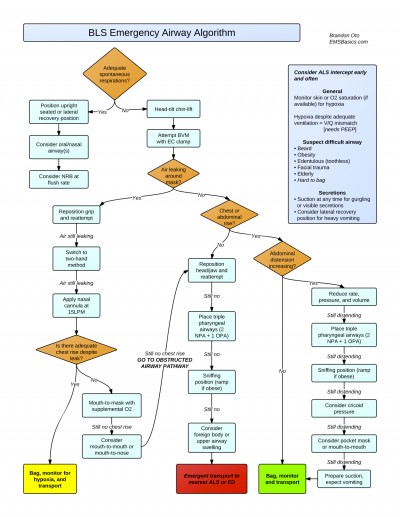
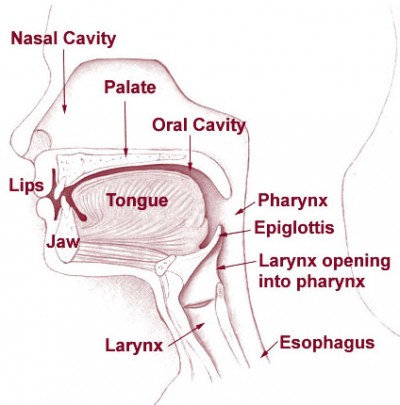

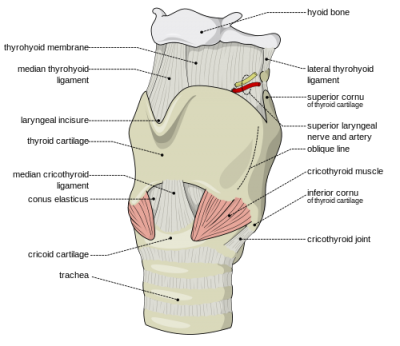


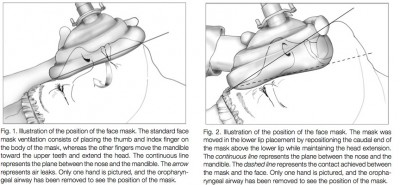
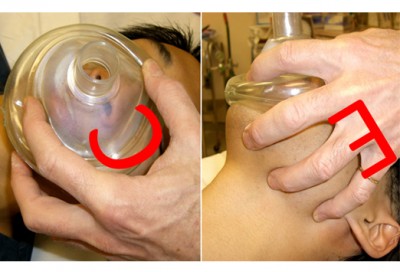
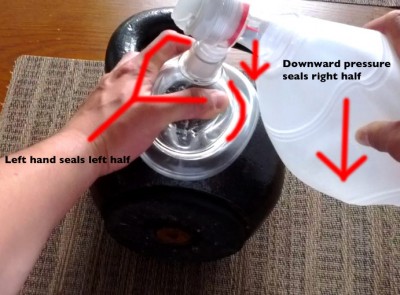
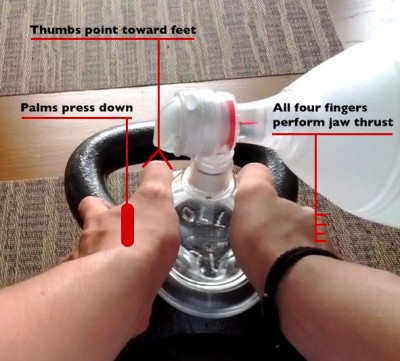
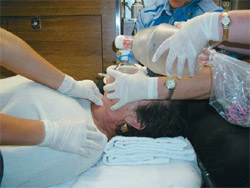
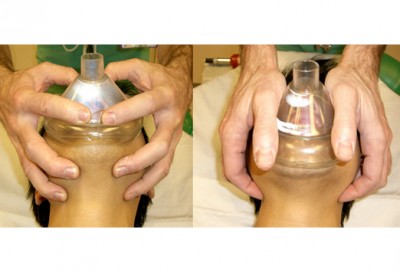
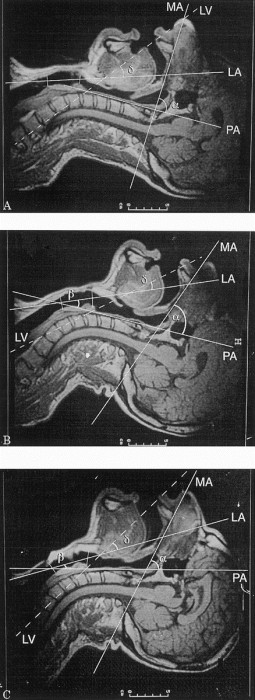
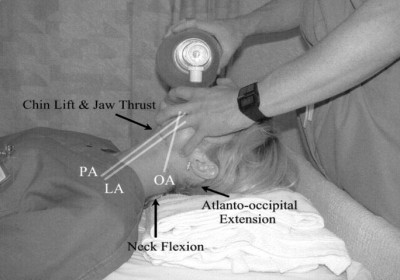
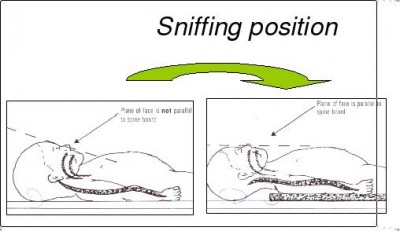
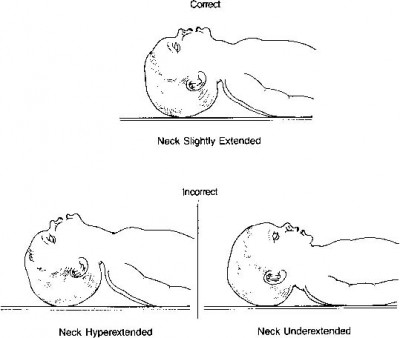
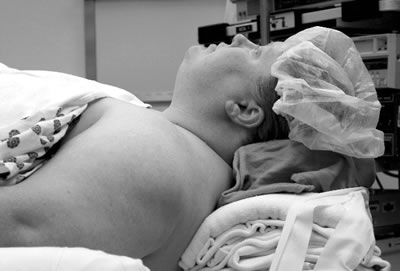


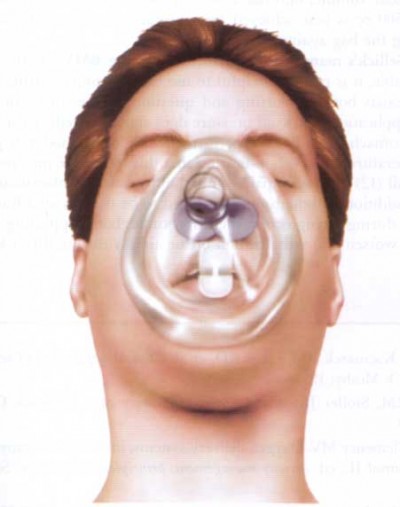
Recent Comments